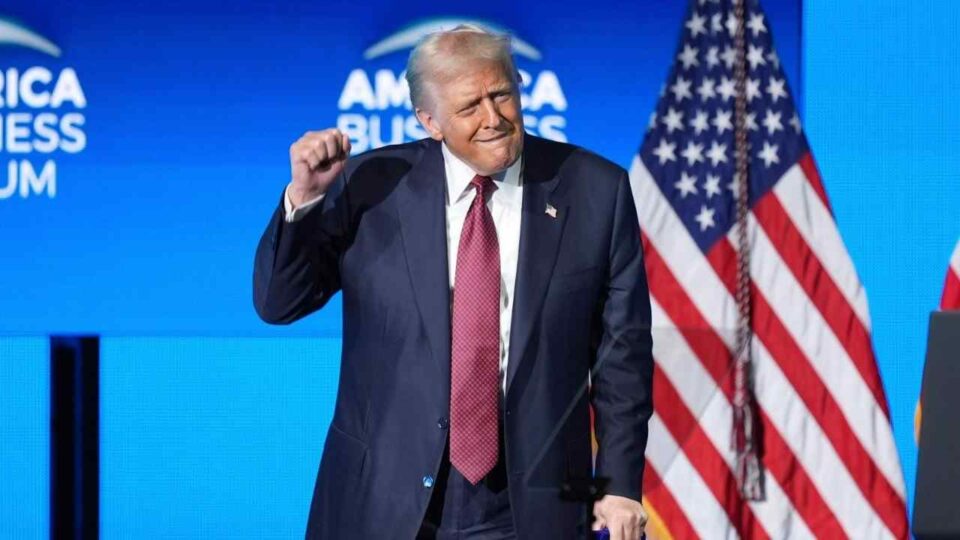Supreme Court Questions Trump’s Use of Emergency Powers for Tariffs, Threatening Executive Authority
The U.S. Supreme Court has cast significant doubt on former President Donald Trump’s authority to unilaterally impose sweeping tariffs using a national emergency law, signaling a potential major check on executive power. The Court’s hearing, which saw skepticism from both conservative and liberal justices, centers on whether the International Emergency Economic Powers Act (IEEPA) of 1977 grants the president the power to levy broad import taxes.
The Legal Backdrop: IEEPA and “Economic Emergency”
During his term, the Trump administration imposed aggressive tariffs on a wide range of imports, justifying the move under IEEPA by declaring an economic emergency. This 1977 law allows the president to regulate international commerce in response to “unusual and extraordinary threats.” The administration has raised tens of billions of dollars in revenue through this mechanism, bypassing the traditional congressional role in setting trade policy.
Supreme Court Skepticism: A “One-Way Ratchet” of Power
During oral arguments, justices expressed deep concern over the administration’s interpretation of IEEPA, highlighting a core constitutional issue: the separation of powers.
-
Chief Justice John Roberts pointedly noted that imposing tariffs is “the imposition of taxes on Americans, and that has always been the core power of Congress.”
-
Justice Neil Gorsuch issued a stark warning, stating that granting such unchecked authority to the president creates a “one-way ratchet.” He argued, “Congress, as a practical matter, can’t get this power back once it’s handed it over… It’s a one-way ratchet toward the gradual but continual accretion of power in the executive branch.”
-
Other justices questioned whether IEEPA was ever intended to authorize mass tariff impositions and whether the “emergency” rationale was sufficient to justify such broad economic measures.
Potential Consequences for Trump’s Tariff Regime
A Supreme Court ruling against the administration could have immediate and far-reaching effects:
-
Invalidation of Tariffs: Billions of dollars in already-collected tariffs could be invalidated, potentially requiring refunds and creating significant economic disruption.
-
Limiting Executive Power: The decision would serve as a major constraint on the executive branch’s ability to enact broad economic policy without clear, specific authorization from Congress.
-
Shift to Alternative Laws: However, a loss for the administration on IEEPA does not necessarily mean the end of its tariff agenda. Legal analysts note that Trump could pivot to other statutory tools.
Alternative Legal Pathways for Presidential Tariffs
Should the Court strike down the use of IEEPA for tariffs, the administration has other legal authorities at its disposal:
-
Section 301 of the Trade Act of 1974: Allows the president to impose tariffs on countries engaged in unfair trade practices.
-
Section 232 of the Trade Expansion Act of 1962: Permits tariffs if imports are deemed a threat to national security, a authority previously used on steel and aluminum.
-
The Tariff Act of 1930: Contains a clause (Section 338) that authorizes the president to impose retaliatory tariffs of up to 50%.
This means the administration’s trade policy could persist, but in a different legal form.
Broader Implications: A Test of Separation of Powers
The case’s importance extends far beyond tariffs. It represents a fundamental test of the balance of power between the legislative and executive branches.
The ruling will set a critical precedent for how “emergency” powers can be used by future presidents, not just in trade but potentially in other policy domains. Justice Gorsuch’s “one-way ratchet” warning underscores the risk of the presidency accumulating power at the expense of Congress. The decision will therefore shape the limits of unilateral executive action for years to come, with significant implications for global supply chains, international diplomacy, and domestic businesses.
Conclusion: A Reckoning for Executive Authority
In summary, the Supreme Court’s deep skepticism toward Trump’s use of emergency powers for tariffs marks a pivotal moment for presidential authority. While the availability of alternative statutes means the administration’s trade pressure may continue, a ruling against the use of IEEPA would reassert Congress’s constitutional “power of the purse” and place a significant check on the executive’s ability to shape trade policy alone. The outcome will redefine the boundaries of power in Washington.

